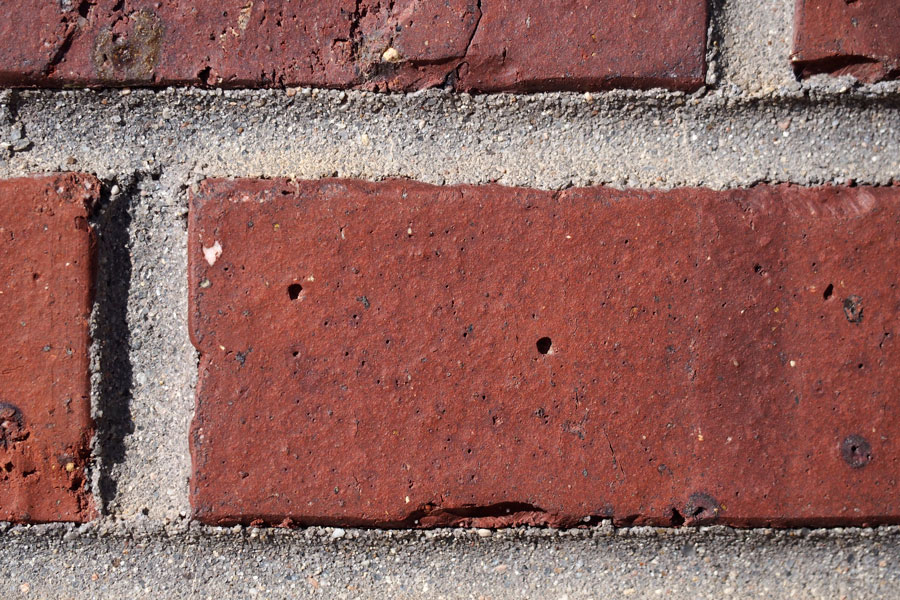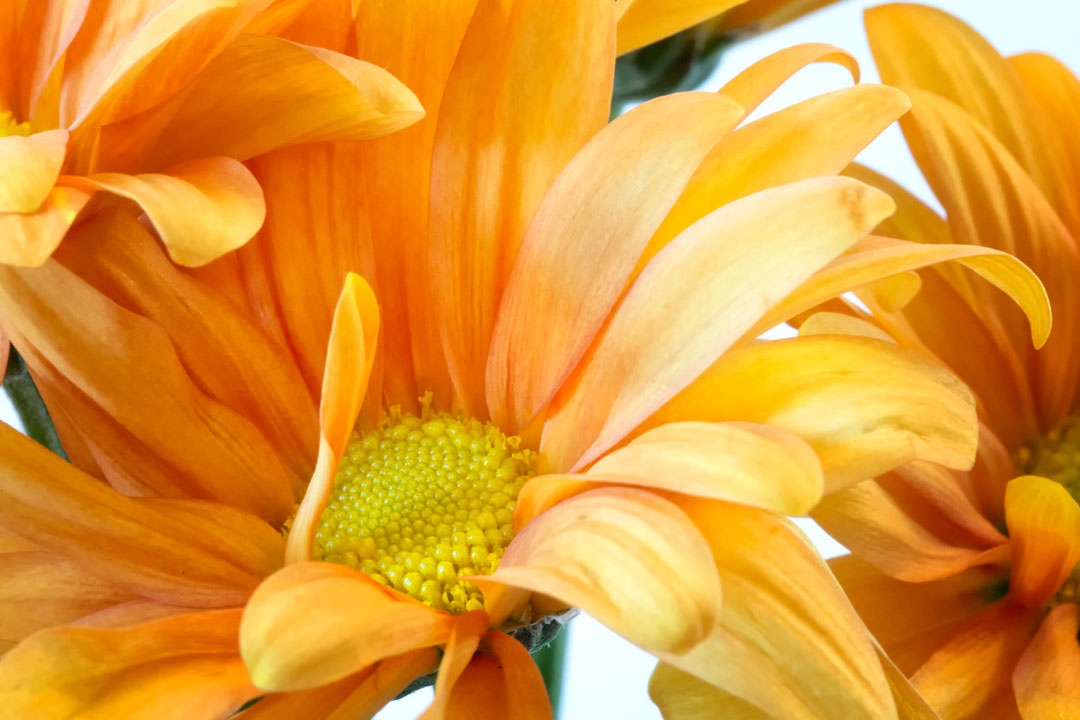Today’s Post by Joe Farace
Inspired by Canadian photographer Don Komarechka I decided to try some macro photography and if you are not already familiar with photography’s Mr. Wizard, plrase check out his website.
I own a couple of Canon EF macro lenses but didn’t have one for my Micro Four-thirds system and after looking at my options I settled on Olympus’s M.Zuiko Digital ED 60mm f/2.8 Macro lens. I purchased it from Olympus’s original refurbished lens site to save a few bucks and I did, saving $80 over the price of the lens if purchased from my favorite on-line retailer. Now that this is an OM Systems site I can only say good luck with that.
I picked the 60mm—120mm equivalent—as compared to Oly’s Digital ED 30mm f/3.5 macro which is cheaper ($249.99) but its 60mm equivalency seems like it would require a too close-to–subject working distance, which didn’t appeal to me. And I thought the 60mm lens’s 120mm equivalent also might make it a good portrait lens as well.
The 60mm macro lens’s optical design includes an extra-low dispersion element to suppress chromatic aberrations and color fringing. It has one E-HR (Extra-High Refractive index) element and two high refractive index elements to control spherical aberrations and distortion. A ZERO (Zuiko Extra-low Reflection Optical) coating was applied to individual elements to minimize lens flare and ghosting for improved contrast and color fidelity. but no lens hood is included and the LH-49 Sliding Lens Hood costs, in typical Olympus fashion, $42.95. I’ll have to put it on my list for Santa.
 Brick Wall Test: I mounted the M.Zuiko Digital ED 60mm f/2.8 Macro onto my Olympus E-M5 Mark I camera body and headed out to my wall of well-laid bricks in Downtown Parker, Colorado. Although this is not a zoom lens I made two sets of test shots: The first one was made at a “normal” distance and the second at 1:1 ratio. The lens is reasonably sharp at f/2.8 but as you stop it down becomes even more so until you hit the f/8 sweet stop, at which point it is nothing short of amazing. There is no vignetting at any aperture. At 1:1 even at f/2.8 there was virtually no difference between its sharpness wide open and f/8, being sharp corner-to-corner with no hint of vignetting. This is wonderful performance for such a reasonably priced ($449.99) non-refurb) lens.
Brick Wall Test: I mounted the M.Zuiko Digital ED 60mm f/2.8 Macro onto my Olympus E-M5 Mark I camera body and headed out to my wall of well-laid bricks in Downtown Parker, Colorado. Although this is not a zoom lens I made two sets of test shots: The first one was made at a “normal” distance and the second at 1:1 ratio. The lens is reasonably sharp at f/2.8 but as you stop it down becomes even more so until you hit the f/8 sweet stop, at which point it is nothing short of amazing. There is no vignetting at any aperture. At 1:1 even at f/2.8 there was virtually no difference between its sharpness wide open and f/8, being sharp corner-to-corner with no hint of vignetting. This is wonderful performance for such a reasonably priced ($449.99) non-refurb) lens.
The 60mm lens barrel has a window showing scales when working at 1:1.3, 1:2, and 1:4 magnifications and a Focus Limit Switch for more controlled autofocus performance. The lens has a wide not-as-grippable as I may have liked focus ring for manual focusing. It also has an internal focusing mechanism—and it’s really fast—that maintains the overall lens length while focusing when photographing close-up subjects. Like a lot (maybe all) of Oly lenses, it has the Movie & Still Compatible system for quick, quiet, and smooth AF for photo and video applications. A splash proof and dust-proof construction helps make working with the lens in inclement conditions less stressful. It has a rounded seven-blade diaphragm contributes to a smooth bokeh.
 How I made this shot: For my next test, I stopped by a local grocery store and bought the cheapest bundle of flowers they had. Initially I mounted the Olympus E-M5 Mark I onto an inexpensive Macro Focusing Rail, which in turn was attached to a 25-year old but still sturdy Manfrotto tripod. But the Focusing Rail proved to be useless and none of the pictures I made with it were sharp; there was clear camera motion. So I mounted the camera directly onto the tripod to produce the image at right. The Aperture Preferred exposure was 1/6 sec at f/16 and ISO 1600. A Manfrotto Micrometric Positioning Sliding Plate will have to be another item on Santa’s list.
How I made this shot: For my next test, I stopped by a local grocery store and bought the cheapest bundle of flowers they had. Initially I mounted the Olympus E-M5 Mark I onto an inexpensive Macro Focusing Rail, which in turn was attached to a 25-year old but still sturdy Manfrotto tripod. But the Focusing Rail proved to be useless and none of the pictures I made with it were sharp; there was clear camera motion. So I mounted the camera directly onto the tripod to produce the image at right. The Aperture Preferred exposure was 1/6 sec at f/16 and ISO 1600. A Manfrotto Micrometric Positioning Sliding Plate will have to be another item on Santa’s list.
The ED 60mm f/2.8 Macro lens offers a maximum 1:1 magnification for true macro lens performance, although because of the smaller sensor of the Micro Four-thirds system it produces a “perceived” ratio of 2:1. The lens has a 7.5-inch minimum focusing distance, which on the surface is not that impressive but the focal length, I think, more than makes up for that. By comparison, Oly’s 30mm macro lens focuses to 3.74-inches but at that distance you would be getting in the way of your light.
If you liked today’s blog post and would like to treat me to a cup of Earl Grey tea ($2.50), please click here. And if you do, thanks so much.